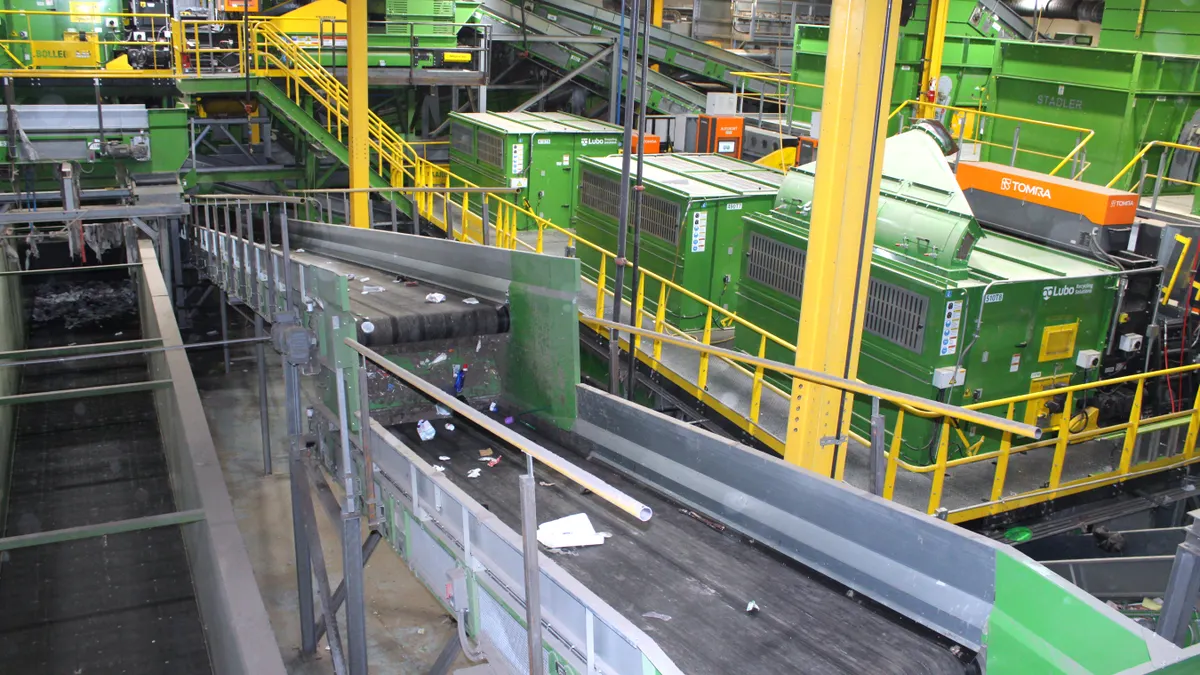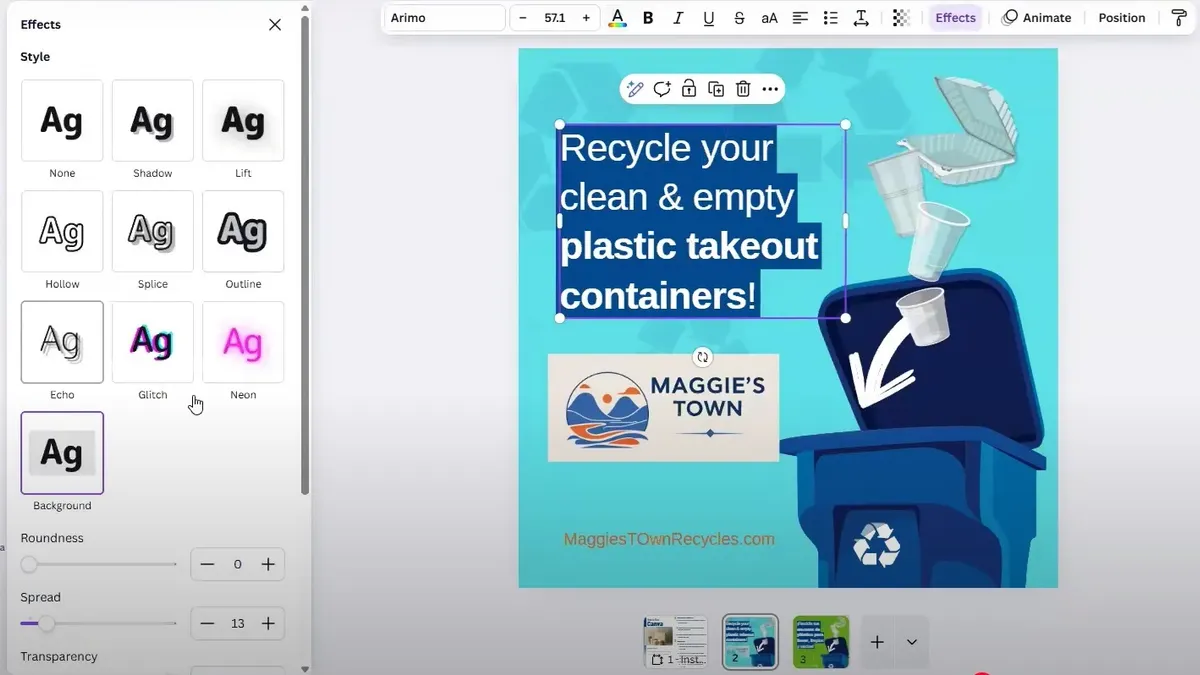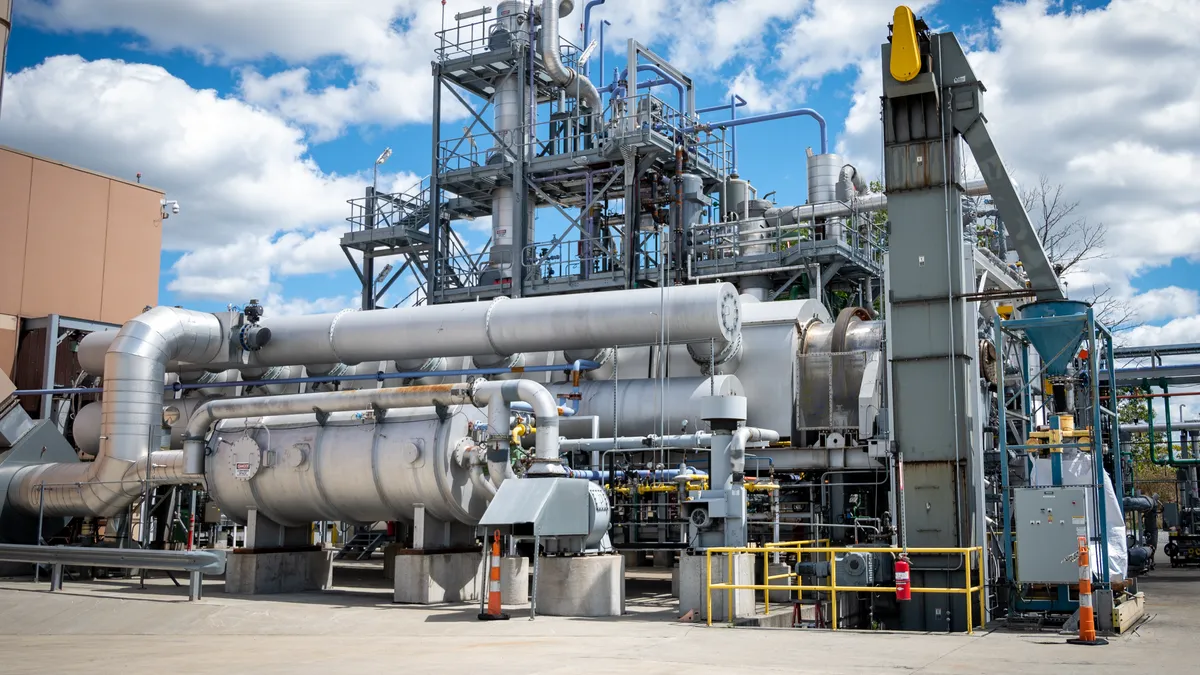Last June, Coca-Cola unveiled the first-ever PET bottle made entirely from sugar cane at the World Expo in Milan, and it was a show stopper — at least for consumer goods manufacturers and environmentalists.
The 100% plant-based bottle is a revamped version of the company's PlantBottle packaging, which was introduced in 2009 and is 30% comprised of plant materials.
.@CocaColaCo has avoided 150,000 metric tons of CO2 emissions in North America, thanks to their PlantBottle. pic.twitter.com/1kU8HXnd8i
— Texas Beverage Assoc (@TexBev) November 28, 2015
The race to develop and commercialize 100% biobased plastics has been on for years, with manufacturers chasing two carrots: freedom from fossil fuel dependency, and access to cleaner, renewable feedstocks. Manufacturers also like numbers that analysts are projecting, especially a 68.25% CAGR growth in biobased plastics from 2014 to 2019.
But Coca-Cola has not quite crossed the finish line. Granted, the big beverage company's patented technology converts natural sugars to make well-functioning, recyclable PET bottles with a lighter footprint. But they aren't cranked out on a commercial scale yet. Coca-Cola — along with a handful of other companies that are tweaking models made from corn, bulrush, and switchgrass among agricultural materials — faces multiple challenges, especially in the area of economics. The companies must compete with efficient, cheap plastic packaging, which is getting cheaper yet as oil and gas prices to produce them drop and stay low.
The biggest barrier to implementing biobased plastics into common production has been finding a way to responsibly move from fossil fuel dependency to a dependency on crops — and to do this while fine-tuning technology that can work at scale.
Nike, Coca-Cola, Danone, Ford, Heinz, Nestlé, Procter & Gamble, and Unilever, along with the World Wildlife Fund (WWF), have joined forces to address these issues. As members of the Bioplastic Feedstock Alliance (BFA), they aim to help create sustainable biomass production systems that will neither produce mega volumes of carbon nor tax the food supply chain or other natural resources.
"The fact that feedstock is from something that grows does not necessarily make it sustainable. If we are talking about bioplastics from feedstock that grows, you have a lot of resources like water and sometimes soil and energy. So when you shift from conventional feedstock like petroleum or natural gas to biobased, you are moving to agriculture commodities. And with that is new impacts," said Erin Simon to Waste Dive. Simon is the deputy director for Sustainability Research and Development for WWF, which manages the BFA.
Inching toward success
No other company has announced or made declarations that they have successfully produced a 100% biobased bottle, although GLOBIO is helping its partners move in this direction.
Japan's Suntory Holdings, owner of Schweppes, Jim Beam, and other major drink brands, is working with GLOBIO to produce its existing 30% biobased bottle. They're also working with groups like Anellotech, a green technology company, to find a biobased source for the remaining 70%, according to Patrick Krieger, assistant director of regulatory and technical affairs at SPI: The Plastics Industry Trade Association. The two partners have invested more than $15 million to push Suntory to its 100% plant-based goal.
For now, on a commercial scale, Coca-Cola has hit the 30% bioplastics mark with its PlantBottle technology, which is used in its Dasani, Minute Maid, Smartwater, Simply Juices, and Gold Peak products. The company has also licensed the technology to Heinz, and expects to soon license it to Ford Motors and Sea World, according to Krieger. Coca-Cola estimated this special packaging helped cut more than 315,000 metric tons of carbon dioxide emissions from its 2009 launch till June 2015, with over 35 billion PlantBottle packages distributed in nearly 40 countries in that timeframe.
In search of the Holy Grail
The key to getting to a 100% biobased product is for the product to be completely sourced from monoethylene glycol (MEG) and purified terephthalic acid (PTA) from renewable materials. Currently, the only commercially available biobased PET uses MEG, which comes from sugar cane and fibrous remains of crushed sugar cane. Engineering a viable PTA has been a challenge.
"Right now, a lot of people are in the race to develop commercial-scale bio PTA," said Krieger, explaining PTA is made from paraxylene, and these companies need to find a way to create a bio paraxylene. "Six companies are pursuing bio PTA, and most are focusing on a biosource for paraxylene. But the price of ethanol is so low it’s not economically feasible."
As the technology unfolds, there are still no standard definitions to classify a product as biobased plastic, which obviously can cause confusion for consumers and recyclers who need to know how to properly handle and dispose of it at the end of life.
SPI and ASTM International, a standard-setting organization, are working to develop guidelines for measuring the percentage of renewable content within the plastic and methods to confirm biodegradability, compostability, and processing in anaerobic digesters.
What recyclers should know
If a product truly contains biobased PET, it is chemically similar in every way to petroleum-based PET, said Krieger. "So it can be recycled the exact same way as petroleum-based PET. It’s generally not compostable or biodegradable and should be treated like regular PET."
Coca-Cola and other SPI members are working with the trade association on educational resources and policy stances.
"We listen to what our members know and develop policy recommendations with their guidance. They are the subject matter experts on a day-to-day basis. They provide numbers like how much of the material is being used and they help develop policy and practical solutions to solve issues like consumer awareness," said Krieger.
As a start, USDA has a program where manufacturers can affix a bio-preferred logo certifying their product has renewable carbon content. The content range varies, with no minimum requirement.
"The label is simply to tell you the percentage of carbon within a product. We don’t want to have a minimum because we don’t want to discourage innovation," said Krieger.
Meanwhile, innovations are spinning out
Nestle—who is gaining ground with products like its PET VITTEL water bottle, made partially from sugar cane—has also explored second-generation bioplastics possibly made, for instance, from forestry byproducts and cellulose.
Even a student at the Iceland Academy of the Arts has developed an algae-based edible bottle as an alternative to plastic water bottles. Once the bottle is emptied, it begins to lose shape and decompose, according to the product design student Ari Jónsson.
Other stakeholders have worked to expand beyond food packaging. Toyota, for instance, has actually used biobased plastics in vehicle parts and components for over a decade, such as in seat cushions. Now the company is evaluating multiple materials made from renewable resources to assess their performance and mass production capability, and is working with the Society of Automotive Engineers’ (SAE) International Green Technology Systems Group on characterizing biobased materials as part of a larger SAE effort to guide standards for sustainability in the automotive sector.
"There are even people looking at using wastes such as from waste water treatment byproducts to make biobased plastics," said Krieger.
While these products will not replace traditional plastic products overnight, their developments are steps in the right direction for a more sustainable future. "I can't claim that this [bottle] is the perfect solution for our problem with plastic bottles ... But it's a start and an idea that hopefully helps us to look at new ways to solve the problem," said Jónsson.

















